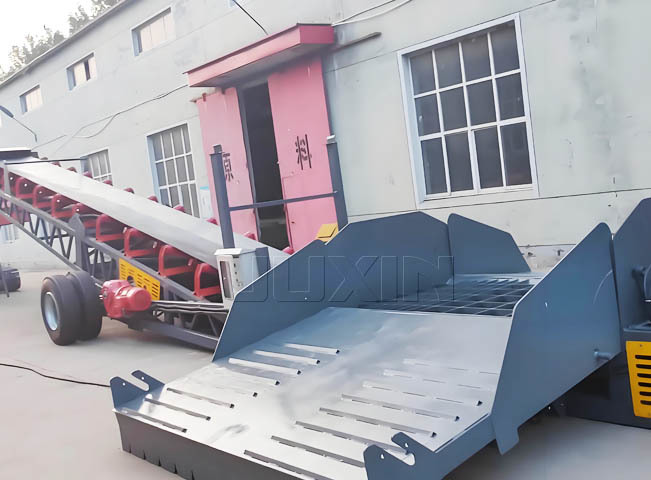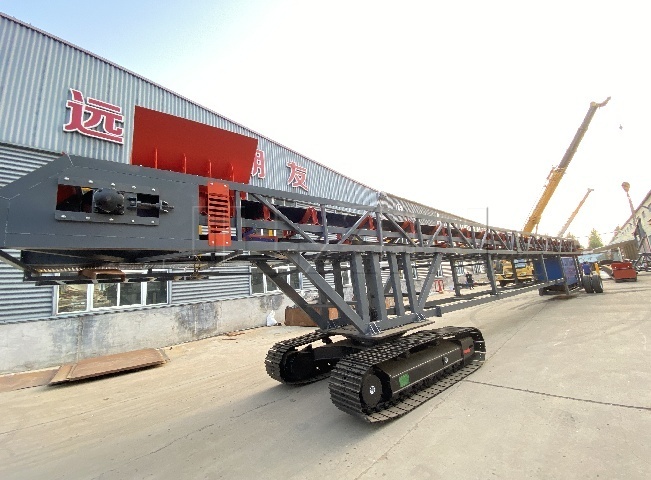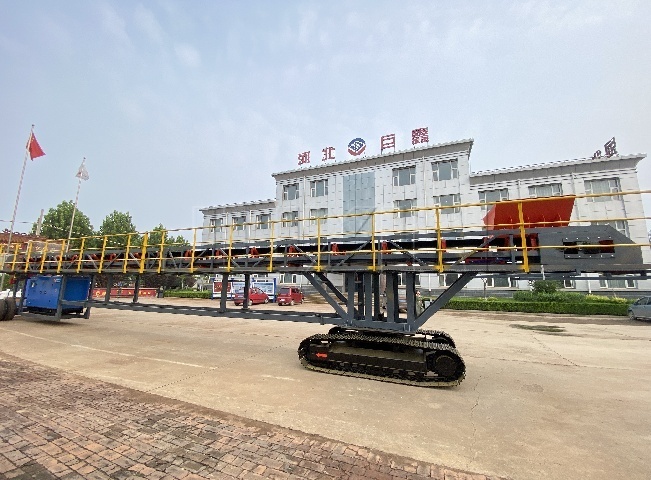PRODUCTS
Categories
Hot Products
Abrasion Resistant Steel Plate
Leave a request and we will contact you within 10 minutes!
PRODUCT INTRODUCTION
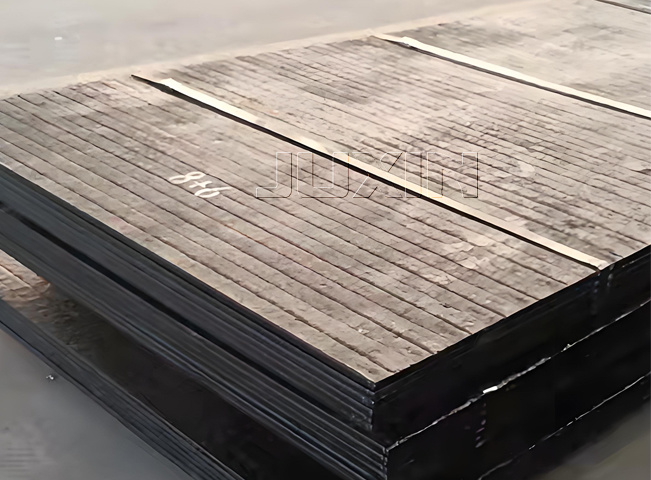
Abrasion resistant steel plate is steel that has been specially processed and alloyed to have high hardness and wear resistance, capable of withstanding the friction and impact of materials during use and having a longer service life than ordinary steel plates.
Types
Metal Wear Plates: They are usually made of high-hardness steel or alloy steel, such as high-chromium white iron and manganese steel. These materials have excellent abrasion resistance and impact resistance, making them suitable for use in harsh environments where there is high-intensity friction and impact, like in mining and construction.
Ceramic Wear Plates: Composed of ceramic materials, they have extremely high hardness and wear resistance, as well as good corrosion resistance and high-temperature resistance. They are often used in occasions with high requirements for wear resistance and corrosion resistance, such as in chemical and cement industries. However, ceramic wear plates are relatively brittle and have poor impact resistance.
Plastic Wear Plates: Made of high-performance plastics like ultra-high molecular weight polyethylene (UHMWPE). They have good abrasion resistance, self-lubrication, impact resistance, and chemical corrosion resistance. They are suitable for conveying materials with low hardness and are widely used in food, beverage, and light industry due to their light weight, low noise, and easy installation.
WHERE IS IT USED
Mining Industry: Steel wear plate is used in the manufacturing of mining equipment such as crusher liners, conveyor belts, and ore bins. The abrasion resistant steel plates can withstand the impact and friction of ores, reducing equipment wear and maintenance costs.
Construction Machinery: In bulldozers, loaders, and excavators, abrasion resistant steel plates (plastic wear plate) are used for parts such as bucket blades and boom arms to improve the wear resistance and service life of these components in harsh working environments.
Waste Treatment Equipment: In waste incineration plants and garbage sorting equipment, abrasion resistant steel plates (nylon wear plate)are used to resist the corrosion and wear of waste materials, ensuring the normal operation of the equipment.
Transportation Industry: ceramic wear plate is used in the manufacturing of dump truck compartments and railway freight car floors to improve the wear resistance of the vehicles and reduce the frequency of maintenance and replacement of components.
PRODUCT DESIGN
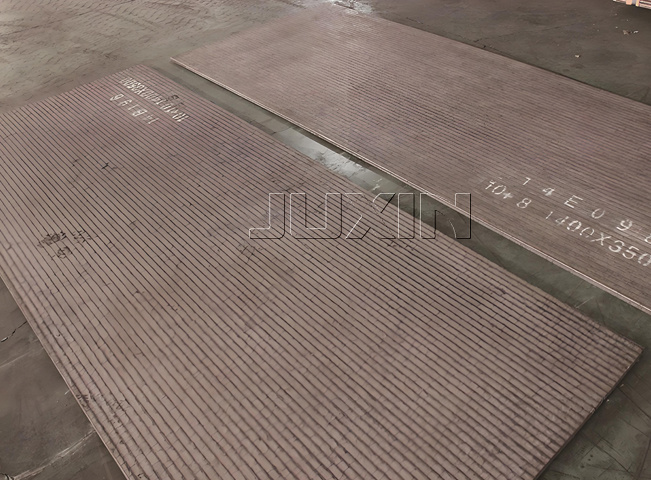
Manufacturing Process
1、Smelting: High-quality pig iron and scrap steel are selected as raw materials and smelted in a converter or electric furnace. During the smelting process, alloy elements are accurately added according to the required composition to adjust the performance of the steel.
2、Rolling: The molten steel is cast into slabs or billets and then rolled at high temperatures. Through multiple passes of rolling, the steel is made to have a dense microstructure and the required thickness and width.
3、Heat Treatment: The rolled steel plate is subjected to heat treatment processes such as quenching and tempering to further improve its hardness, strength, and toughness, enabling it to achieve the best comprehensive performance.
THE CONVEYOR BELT HAS THE FOLLOWING DESIGN
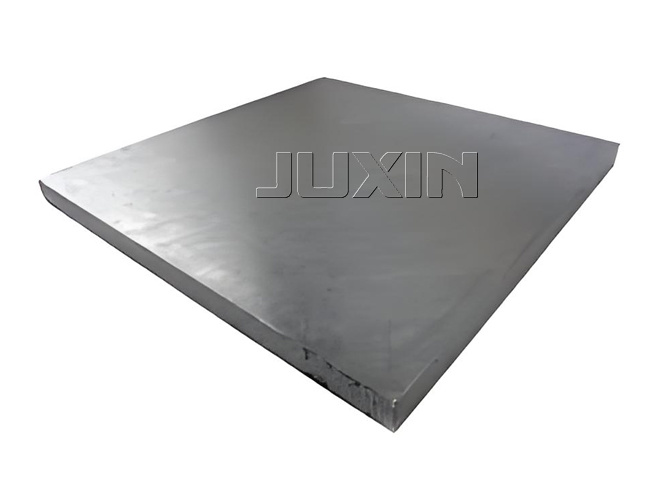 1 Material Selection Design
1 Material Selection Design
1.Base Material: Usually, high-quality carbon steel or low-alloy steel is selected as the base material. Carbon steel has good mach inability and weld ability, and low-alloy steel can improve the overall performance of the steel plate, such as strength and toughness, on the basis of carbon steel.
2.Alloying Elements: Alloying elements play a crucial role in improving the wear resistance of steel plates. Common alloying elements include chromium (Cr), manganese (Mn), molybdenum (Mo), vanadium (V), and nickel (Ni). Chromium can form hard chromium carbides, enhancing the hardness and wear resistance of the steel. Manganese can improve the harden ability and toughness of steel. Molybdenum and vanadium can refine the grain of steel, improve the strength and heat resistance, and further enhance the wear resistance. Nickel can improve the toughness and corrosion resistance of steel, which is beneficial for working in harsh environments.
3.Microstructure: The microstructure of abrasion resistant steel plates is carefully designed. A microstructure mainly composed of marten site or bainite is often preferred because these microstructures have high hardness and strength, which can effectively improve the wear resistance of steel plates. In addition, a small amount of retained austenite can also be appropriately introduced to improve the toughness of the steel plate and make it more resistant to impact.
2 Structural Design
3 Thickness Design: The thickness of the abrasion resistant steel plate is determined according to the specific working conditions and wear requirements. For occasions with high wear requirements, such as the linings of mining crushers and the buckets of excavators, thicker steel plates are usually required to ensure a long service life. Generally, the thickness of abrasion resistant steel plates can range from a few millimeters to tens of millimeters.
4 Shape Design: The shape of abrasion resistant steel plates can be diverse, including rectangular, circular, and custom-shaped. In some special equipment, such as the curved parts of conveyor rollers or the blades of bulldozers, the steel plates need to be designed into special shapes to adapt to the working requirements. In addition, some steel plates may also be designed with grooves, holes, or other structures to meet installation and connection needs.
5 Composite Structure Design: In order to further improve the performance of abrasion resistant steel plates, a composite structure design is sometimes adopted. For example, a layer of high-hardness wear-resistant alloy is welded or sprayed on the surface of a general steel plate to form a composite steel plate. This can not only ensure good wear resistance on the surface but also maintain the strength and toughness of the substrate.
TABLE OF TECHNICAL CHARACTERISTICS
FEATURES AND BENEFITS
1. Three Decades of Expertise
Established in 1994, we bring 30+ years of specialized experience in bulk material handling equipment manufacturing and system integration, ensuring deep industry insights and technical mastery.
2. Robust China-Based Supply Chain
Leverage our vertically integrated supply network with long-term partnerships with certified Chinese steel mills, foundries, and component suppliers, guaranteeing cost efficiency, quality consistency, and on-time delivery.
3. Financial Strength & Flexible Terms
Backed by solid financial reserves, we offer tailored payment solutions for cyclical procurement (e.g., staggered payments, L/C flexibility) to optimize clients’ cash flow management.
4. Risk-Mitigated Operations
Proactive risk control frameworks minimize contractual, quality, and delivery risks: ISO 9001-certified quality assurance protocols Dual-source procurement strategies for critical components Escrow-backed performance guarantees
5. End-to-End Customization
Deliver turnkey solutions spanning design, fabrication, automation integration, and lifecycle support, tailored to site-specific requirements (e.g., extreme climates, hazardous zones).
6. After-Sales Excellence
24/7 multilingual technical support and a global spare parts network ensure <12-hour response times for critical breakdowns.
INSTALLATION AND COMMISSIONING FROM PROFESSIONALS
JUXIN also provides services for the installation and commissioning of conveyor equipment. Our team of experienced specialists will efficiently set up the operation of the conveyor line at your enterprise in a timely manner. We also offer installation supervision, where our specialist will visit your facility after equipment delivery to oversee the installation and launch process carried out by your personnel.
PRE-SALES:EQUIPMENT SELECTION
Assisting customers in selecting the most suitable belt conveyor for their specific needs and requirements. Additionally, we offer technical advice and guidance to facilitate informed decision-making on bulk material handling equipment. Furthermore, we can provide the following information:
• Customized solutions and design services
• Delivery lead time
• Equipment operation and maintenance
• Environmental and safety measures
• Integration with existing equipment

AFTER-SALES: 24/7 HOTLINE SUPPORT
We have established a hotline (+86 18622502901) to promptly address customer inquiries, feedback, and complaints. Our support is available 24 hours a day, seven days a week. Generally, our engineers will work remotely to resolve your issues.
- We provide training for customers on effective and safe operation and maintenance of the belt conveyor.
- We offer technical support and troubleshooting assistance to address any operational issues or concerns with the belt conveyor.
- We supply spare parts and components as needed, ensuring prompt delivery and compatibility with the specific belt conveyor model.
FILL OUT THE QUESTIONNAIRE
Have you filled out the questionnaire?
You need to fill out the questionnaire and send it to our mailbox
Our experts will calculate the mobile belt conveyor and provide the price.
Questionnaire download
If you encounter any problems while filling out the questionnaire, you can call us:
PHOTO GALLERY
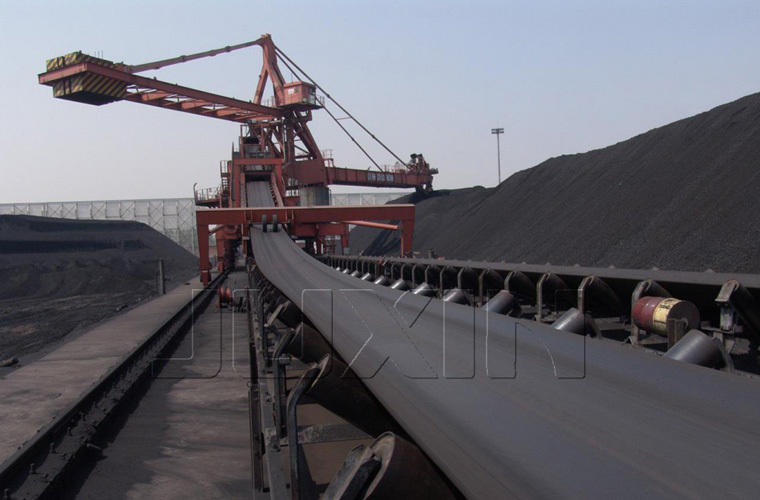
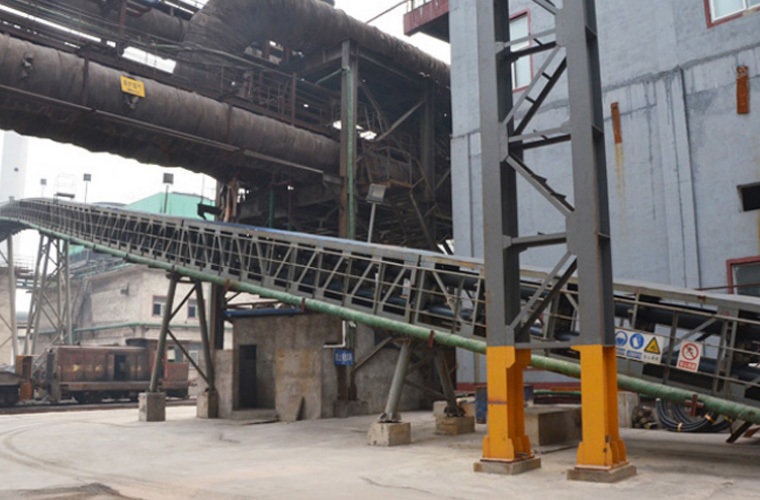
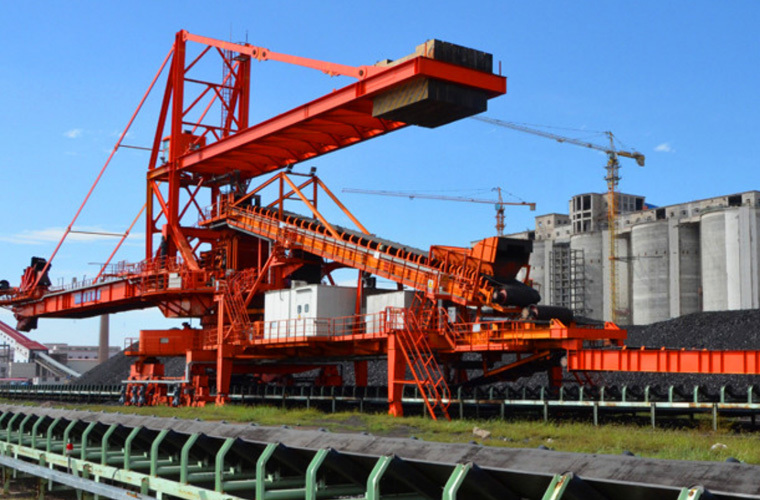
Previous:
Next:
Online inquiry


